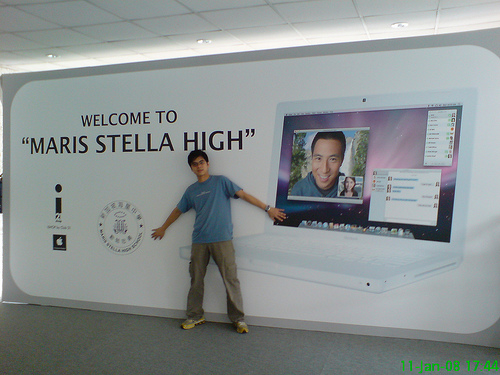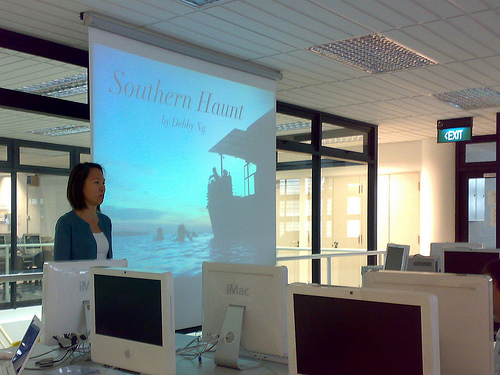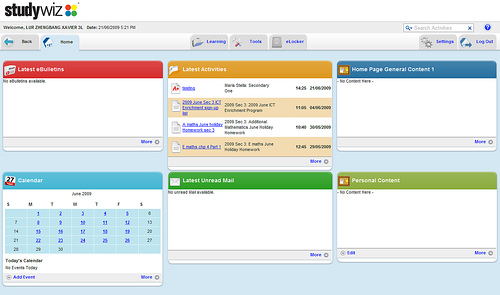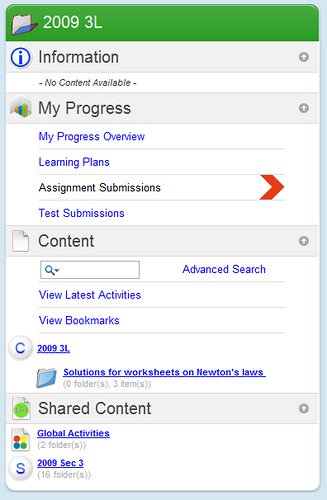 Technology is moving at a really fast pace that even when Church members needed any spiritual advice, they did not just pray but tweeted instead. We have entered a new era of technology which changed most of our habits. For example, long distance runners and horses are required to deliver important messages or news from one location to another for the past few centuries. After the piece of news has been received by the recipient, it’ll no longer be called “news” anymore. However, in today’s advanced world, news about the recent King of Pop Michael Jackson’s death and Jakarta bombings are being spread quickly via social networking websites such as Facebook and Twitter in real-time.
Technology is moving at a really fast pace that even when Church members needed any spiritual advice, they did not just pray but tweeted instead. We have entered a new era of technology which changed most of our habits. For example, long distance runners and horses are required to deliver important messages or news from one location to another for the past few centuries. After the piece of news has been received by the recipient, it’ll no longer be called “news” anymore. However, in today’s advanced world, news about the recent King of Pop Michael Jackson’s death and Jakarta bombings are being spread quickly via social networking websites such as Facebook and Twitter in real-time.
Touted as “one of the most wired countries in the world“, Singaporeans second most tech savvy in the world as one of the most avid owners and consumers globally of entertainment technology. According to a survey conducted by Nielsen, Singapore also emerged as the country with the highest rate of mobile phone ownership in the world, with a penetration rate of 129.7%. The statistics mean that many Singaporeans own at least one or two mobile phones. Besides these, it’s a common sight to see teenagers interacting with their friends on Facebook, Twitter and MSN. Blogging is also a popular pastime by students.
As for today, I’ll narrow down my scope to how tech-savvy schools in Singapore are. In this post, I’ll share my personal experience as a 15-Year-Old student studying in Maris Stella.
Studying with Apple MacBooks
Two years ago, my school launched “Future Maris Stella @SG” which is an ICT-enabled learning environment that improves student engagement in learning, thus achieving a higher quality of academic excellence.

(Photo credit: Stryler)
Here are some objectives on the plan –
- Leverages on a 1:1 learning approach to education to provide students with the maximum opportunity to access resources to learning
- Improves on the quality of teaching and learning through a computer-supported collaborative learning approach
- Further enhance learning through collaboration with knowledge-building communities
- Customises learning content and modes of assessment to support students’ preferred learning styles
- Enhances the existing media-rich resources
Unfortunately, the FMS was introduced to all secondary 1 students only in 2008. At that time, I (currently secondary 3) was in secondary 2. As a result, my fellow peers and seniors weren’t given the “luxury” to have lessons with a laptop. It’s compulsory for new students to purchase a MacBook each which cost a bomb even after discounts and subsidies by schools. As I walk past the secondary 1 and 2 classes every morning, I’m green with envy when I see students with their MacBook Aluminium. Most of their eyes are glued to the computer screens and they are busy clicking or pressing the keyboard keys. Not surprisingly, there aren’t typing an essay but playing games instead.

One of my junior and also a co-editor of TechXav Reuben Wang said this – “Future Maris Stella? More of the start of the future. Although computers are bought, the school has screwed up 2 steps whenever they move one foot forward. One great example would be the Apple remote desktop. Instead of getting everyone into surveillance, they use a frewall which blocks… all gaming sites. All while leaving Facebook intact. If you read my previous post, you will know everyone is “sounding the horn”.”
Teachers use Powerpoint Slides as a Teaching Tool
Although upper secondary students (sec 3 & 4) don’t have the once-in-a-life-time opportunity to study using a MacBook in schools, but at least we are exposed to various online materials and Powerpoint slides filled with beautiful images. Almost every subject I’m taking requires the teacher to teach using Powerpoint slides, Word documents, Excel spreadsheets, Google Image Search, YouTube and of course not forgetting the world wide web. For example, my Geography teacher Mr Edmund Goy who claims himself as “the world’s beat Geography teacher” (LOL!) make use of Wikipedia and Google Image Search for information and pictures of how a wave-cut platform or bay is formed.

Besides that, my English teacher Mr William Quayle who is a British grabs useful online materials from BBC.co.uk, National Geographic and Reader’s Digest to boost our comprehension, vocabulary and grammar skills. Let me share you guys one secret about him – he’s prejudice against Americans (no offence) and Harry Potter.
e-Learning
Yesterday was e-learning day. Students need not to carry their bulky bags and walk solemnly to school. They can enjoy can enjoy a luxury – using the computer at the comfort of our home. Of course, many students would warmly welcome this “holiday” as we can wake up as late as we wish to and the fun experience to study online.
Here’s how teachers teach using advanced technology and students study from these materials online. Before an e-learning day commences, teachers would record their lessons as podcasts and we students would have to download them from Studywiz and listen via iTunes. Alternatively, they can transform their beautiful voices into interesting powerpoint slides filled with colorful pictures and words using Apple Keynote. To test our understanding, they would post quizzes or even give us worksheets in Word document for us to complete and email back to them. It’s not a common sight to see many of my classmates “online” on MSN discussing the answers to the questions posted by the teachers.


As a student myself, I admit that e-learning is indeed fun. However, I personally find that it’s a waste of time. Why? Well, check out this post which I’ve written a few weeks ago. Guess what! I shared this article with my friends on Facebook yesterday and this morning I was chided by my Chinese teacher for “criticizing” e-learning. I shan’t comment on this issue or else…
Anyway, here’s a comment made my one of my friends about e-learning – “In my own opinion, using IT to teach is innovative. But this will never replace the lessons that are in school because studying online is also known as self learning. I think that the school is only using it as a preventive measure in case of any outbreaks.”
In conclusion, as more people around the world get hooked up to the world wide web, there’s no doubt why techn-savvy teachers in schools shouldn’t abandon their traditional way of teaching to make use of the Internet to give a lecture to students. From my observations, many of fellow peers love those fun and interactive animations and videos shown by teachers. I’m wondering how the next generation will be like when it comes to education.